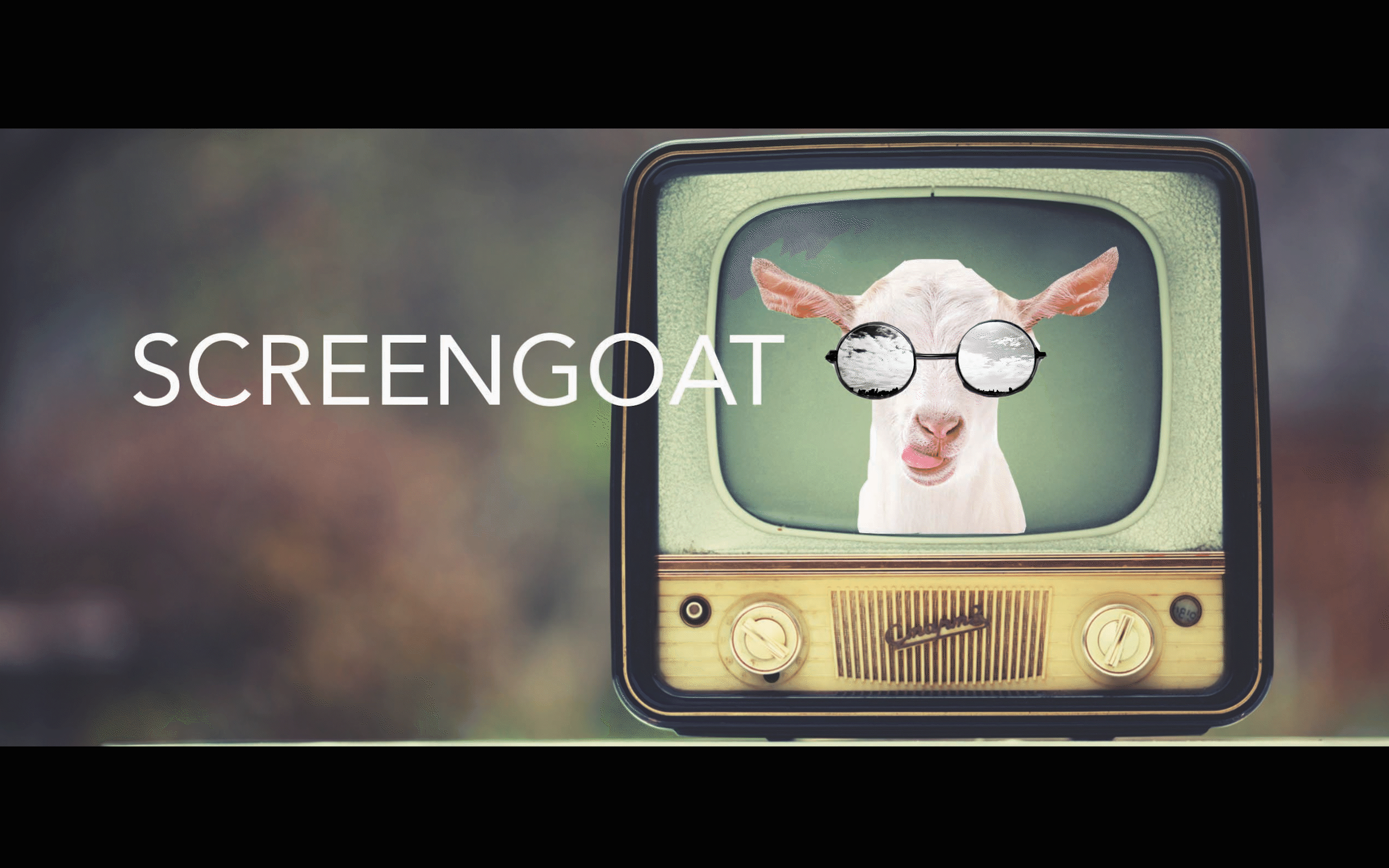top of page
(Mostly) Free Video Editing
Programs & Resources
iMovie - A free editing software available on iphones and Mac computers. Great for beginners and for making simple quick edits. There is a text, animation and sound package included.
WeVideo - A free editing app available on phones, PC and Mac computers. This program is cloud based. You shoot video on your phone and upload the footage into your WeVideo App. When you open the project on your computer it is there waiting for you. Does not have reverse or a proper cropping tool. Upgrade option available.
CapCut - A free editing app available on phones, PC and Mac computers. Great for editing on the run. If you like fan edits this program is loaded with great animated text and powerful preset transitions making beginners look like pros.

DaVinci Resolve - Is a free editing program. This is a professional level program. The cool part is the option to make the interface look like Final Cut or Premiere. There is a learning curve to the program but it is free. Also known for its color grading capabilities.
Film and Television Lessons
After Effects - Is NOT a free editing program. This is a professional level program. It can work with Premiere Pro via "Dynamic Link" as well as with other Adobe programs. The user interface is extremely complicated and you will need tutorials to navigate the program. Also, you should go in with a plan of what effect you would like to try, then practice executing that effect.
Scripts, Storyboards, Writing, Camera, Shots, Lessons, Editing Exercises and Film Projects.
Screengoat builds your skills as a filmmaker with tools and resources to help you become a GOAT.
Animoto - Is a free editing program but is more like an animated PowerPoint program. This is what we love about it. You can create animated title graphics over chroma key green or animated backgrounds for titles or bumpers in seconds. Super easy to use. The program leaves a watermark but it is easy to crop out. The program also has a lot of public domain images and music. Kicks Presentation up a knotch.

10 Filmmaking Theories
There are several intriguing theories and principles from science that have influenced filmmaking, both in terms of storytelling and technical execution. Here are some notable ones:
1. Persistence of Vision
This theory is fundamental to how motion pictures are perceived. It suggests that the human eye retains an image for a fraction of a second after the image is gone. When multiple images are shown in quick succession, they blend together to create the illusion of motion. This principle underlies the functioning of film and video, where a series of still images are projected rapidly to create a continuous visual experience.
2. The Kuleshov Effect
Named after Soviet filmmaker Lev Kuleshov, this phenomenon demonstrates that viewers derive more meaning from the interaction of two sequential shots than from a single shot in isolation. This theory highlights the importance of editing in filmmaking and how juxtaposition of images can influence audience perception and emotion.
3. The Uncanny Valley
A concept introduced by robotics professor Masahiro Mori, the Uncanny Valley refers to the eerie or unsettling feeling people experience when a humanoid object appears almost, but not quite, like a real human. This theory is particularly relevant in CGI and animation, where characters that are too realistic but not perfect can provoke discomfort in viewers.
4. The Suspension of Disbelief
A concept popularized by Samuel Taylor Coleridge, this principle is crucial in storytelling. It refers to the willingness of the audience to overlook the implausibility of a narrative for the sake of enjoyment. Filmmakers leverage this theory to create immersive and fantastical worlds that audiences accept as believable within the context of the film.
5. The Rule of Thirds
A fundamental principle in visual composition, the Rule of Thirds suggests that an image is most pleasing when its subjects or regions are composed along imaginary lines that divide the image into thirds, both horizontally and vertically. This technique is widely used in cinematography to create balanced and engaging shots.
6. Color Theory
This involves the study of how colors can affect perception and emotion. Filmmakers use color theory to influence the mood, tone, and atmosphere of a scene. For example, warm colors like red and orange can evoke feelings of warmth or intensity, while cool colors like blue and green can create a sense of calm or detachment.
7. Depth of Field and Focus
This principle relates to the use of camera lenses to focus on certain parts of a scene while blurring others. By manipulating depth of field, filmmakers can direct the audience's attention to specific elements within a frame, creating a sense of depth and emphasizing narrative details.
8. Sound Design and Psychoacoustics
The study of how sound affects human perception (psychoacoustics) is crucial in film. Filmmakers use sound design to enhance the storytelling experience, employing techniques like diegetic and non-diegetic sound, spatial audio, and frequency manipulation to evoke emotions and immerse the audience.
9. Narrative Structure and the Hero’s Journey
Joseph Campbell's monomyth, or the Hero’s Journey, is a narrative template that outlines a hero’s adventure and transformation. This structure is prevalent in filmmaking, providing a blueprint for character development and plot progression that resonates with audiences on a deep psychological level.
10. Chaos Theory and Nonlinear Storytelling
Chaos theory, which studies complex systems and unpredictability, has inspired nonlinear storytelling in films. Movies like "Pulp Fiction" and "Memento" use non-sequential plotlines to reflect the unpredictability of life, creating a more engaging and thought-provoking narrative experience.










These theories not only enhance the technical and artistic aspects of filmmaking but also deepen the audience's engagement and emotional connection to the story.
#FilmmakingTheories #filmmakingtools #Depthoffield #ColorTheory #HerosJourney #SoundDesign #RuleofThirds #Uncanny #Kuleshov #Vision
bottom of page







